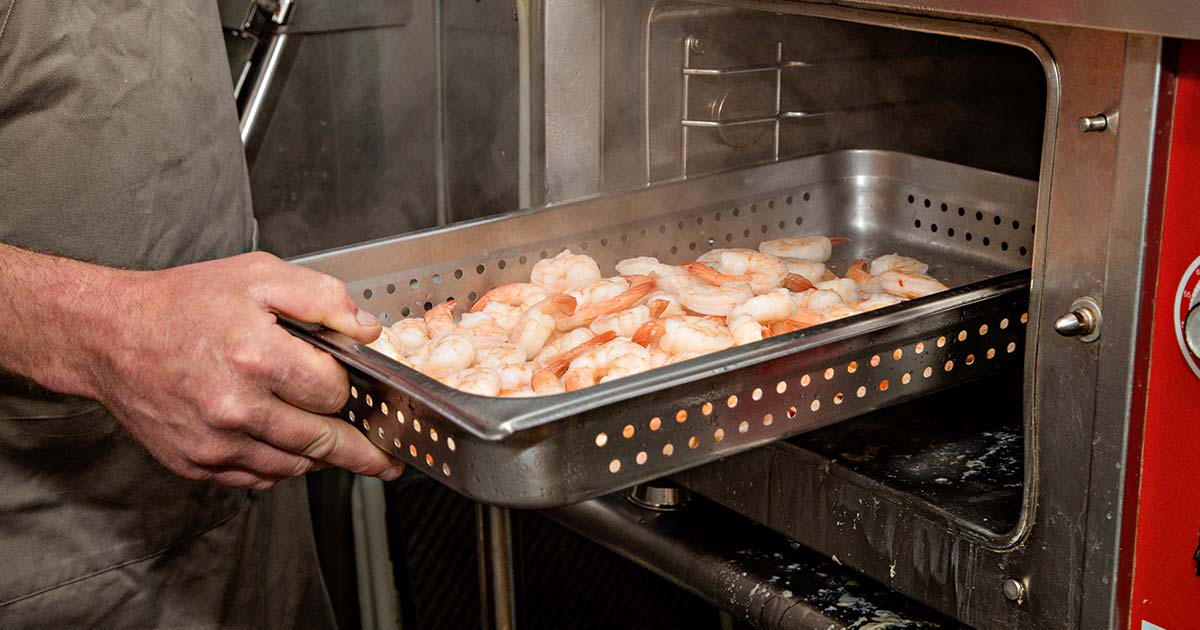Mastering the Art of Reheating Seafood Without Losing Its Taste
Seafood lovers, unite! Whether it’s a delicate filet of salmon, shrimp, or a plateful of tender scallops, seafood dishes are not only delicious but also packed with essential nutrients. However, when it comes to leftovers, reheating seafood can be a bit of a culinary minefield.
Unlike pizza or pasta, seafood requires a little more finesse to bring back to life without sacrificing its texture, flavor, or, heaven forbid, safety. But don’t worry, we’ve got you covered. Here’s your go-to guide for reheating your seafood leftovers perfectly every time.
THE BASICS OF REHEATING SEAFOOD
First things first, let’s talk about the basics. Seafood is delicate and can easily become tough or rubbery if not reheated properly. It’s also important to remember food safety. Make sure your seafood goes into the fridge within two hours of cooking and always use a food thermometer to ensure it reaches the safe temperature of 145°F (62.8°C) when reheating.
METHODS OF REHEATING SEAFOOD
Oven Reheating
The oven is your best friend for most seafood dishes, especially for larger fish fillets or whole fish. Preheat your oven to around 275°F (135°C), place your seafood on a baking dish, and add a splash of water or wine to keep it moist.
Cover the dish with foil and heat for 10-15 minutes, depending on the size and thickness of the fish. This method gently reheats the seafood without drying it out.
Stovetop Reheating
For stovetop reheating, think low and slow. Use a skillet or a saucepan with a bit of liquid – broth, water, or a sauce from the original dish works wonders. Heat your seafood over low heat, covered, stirring, or flipping occasionally until just heated through.
This method is perfect for seafood in sauces or dishes like curries or chowders.
Microwave Reheating
While not the ideal method, the microwave can come in handy for a quick reheat. Place your seafood in a microwave-safe dish, add a splash of water, and cover with a microwave-safe lid or wrap.
Use a low power setting and heat in short bursts, checking and stirring (if possible) halfway through to avoid overcooking. Remember, microwaves can heat unevenly, so this method might require a bit more attention.
Reheating Shrimp
Ah, shrimp – the crown jewel of many seafood dishes but also one of the trickiest to reheat without turning them into little rubber balls. The key here is gentleness. Oven or stovetop methods are best, using low temperatures and minimal cooking time.
If you’re worried about drying out or overcooking, consider adding your leftover shrimp to a new dish, like a stir-fry or pasta, where it can heat up gently without direct exposure to high heat.
Cold Seafood Dishes
Not all seafood needs to be reheated! Many dishes are just as delicious cold. Consider turning your leftover seafood into a refreshing salad, adding it to a cold pasta dish, or even enjoying it straight from the fridge if it’s something like cooked prawns or crab.
Reheating seafood doesn’t have to be daunting. With these tips and methods, you can enjoy your delicious leftovers without compromising on taste or texture. Remember, the key is gentle heating and a bit of patience. So next time you find yourself with leftover seafood, fear not – you’re now well-equipped to bring it back to its former glory.
Ready to handle Maine seafood for yourself? Don’t forget to visit us at Pine Tree Seafood in Scarborough, Maine!

